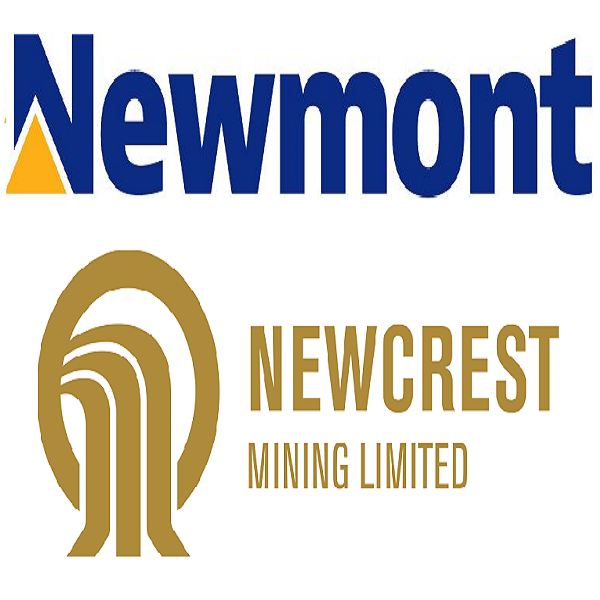[ad_1]

Checking in with stocks once a year eliminates lots of the noise found in quarterly results. It’s also long enough so that you only remember the most basic reasons why you made the investment in the first place. We invested in Confluent (CFLT) because the future of big data will be firms analyzing it in real time for insights and better decision-making. Time is money. Long gone are the days of multi-day extract-transform-load processes feeding a data warehouse which then gets queried by data analysts who receive requests from business decision-makers. Nowadays, data exhaust informs processes at the speed of business.
IDC predicts that by 2025, event streaming technologies will be used by 90% of the Global 1000 to deliver real-time intelligence to improve outcomes such as customer experience.
Credit: Confluent
Just over a year ago, we wrote about Confluent Stock: A Metaverse Big Data Play and bemoaned the rich simple valuation ratio of 43. Today, that’s dropped to 10, which is still above our catalog average of six, but more in line with other high-growth SaaS firms.
Checking in With Confluent
The only two reasons we’d sell a tech stock we’re holding are if revenue growth stalls or our thesis changes. Therefore, anticipating why revenue growth might stall is helpful. With every company out there talking about “macroeconomic headwinds,” we’d expect growth to stall for Confluent as well, but that hasn’t happened yet. Below in green, you can see the revenue growth since our last article, and in red, you’ll see our estimates for the 30% growth Confluent expects in 2023.

The recent earnings call talks about “elongated deal cycles with customers” and how “increased scrutiny continues to exert pressure on large deals and new business.” As a result, they have “taken steps to adjust our cost structure, to accelerate our time to profitability by one year, while still maintaining approximately 30% revenue growth.” After trimming 8% of their workforce and reducing their real estate footprint, Confluent anticipates arriving at profitability a year earlier.
With $2 billion in cash and marketable securities on hand, there’s potentially an opportunity for Confluent to expand through acquisition. Last month, they acquired a pre-revenue firm Immerok which compliments their core product – Kafka – in the manner described below.
Kafka the standard for reading, writing, and sharing streams across an organization, Immerok’s Flink is on a trajectory to be the standard for building applications that process, react, and respond to those streams.
Management’s comments were that this acquisition was very complementary, and – perhaps after several years of development and investment – could rival their product platform today in terms of potential.
Another thing to note from the recent earnings call was mention of the gross retention rate (cancels) being above 90%.
Gross retention rate remained strong and was above 90%, reflecting the strength of our product differentiation and TCO advantages against alternative solutions, including open source Kafka.
Credit: Confluent Q4-2022 earnings call
In a worst-case scenario, that means that only 90% of their customers are sticking around when that number ought to be in the high 90s for a healthy business. Perhaps that’s a good segue into talking about the competition.
Confluent’s Competition and TAM
Conversations on our Discord server have probed what Confluent’s competition looks like, in particular, Amazon and all the other major cloud providers who are providing real-time data processing capabilities as well.
We spent some time poring through commentary from Confluent’s Global Field CTO who is rather prolific when it comes to describing his firm’s competitive positioning. Because his audience mainly consists of technically competent people, he can’t peddle the usual sales shite when it comes to competitive comparisons (one would hope, anyways). His belief is that Amazon’s offering isn’t as streamlined as it could be, which means those who adopt it still need to do a fair amount of work (this also includes support considerations). He also caveated the whole thing by saying that things change extremely fast, so take it all with a grain of salt.
Note that Amazon and Confluent are not only competitors but key partners (Amazon clients can use AWS credits to purchase Confluent’s services). Maybe that’s because clients who utilize multiple cloud vendors may look for a single vendor who provides a solution across all cloud vendors. Perhaps that’s the point Confluent is trying to make in this diagram that popped up in their recent investor deck.

If the market is as big as Confluent claims, then there should be room for more than one winner.
The $60 Billion TAM
Our recent piece on distributed manufacturing highlighted a possible case where the total addressable market (TAM) may not be nearly as big as investors were promised. When we’re talking about blue ocean TAMs, the only thing stalling growth would be a TAM that was incorrectly estimated, or strong competitive pressures that stymie growth. Confluent talks about a $60 billion TAM, and here’s how they break that down:
Represent 73% of the $50B application infrastructure & middleware marketRepresent 10% of the $92B database management marketRepresent 30% of the $32B analytics platform marketRepresent 50% of the $10B data management market
Capturing 73% of the application infrastructure & middleware market sounds like an excessive number unless we’re assuming that the entire category moves to real-time and Confluent captures 3/4 of the opportunity. If we just went with 10% across each of these categories, that’s a respectable TAM of around $18 billion. Gartner’s MBAs then tell us that number will grow at a compound annual growth rate (CAGR) of 19% through 2025, so we arrive at $30 billion of which Confluent has captured around 2%. Maintaining leadership might give them a 30% market share which equates to $10 billion run rate. From that perspective, even if the TAM were off by quite a bit, Confluent still has lots of opportunity. Their cash position will also afford the ability to make strategic acquisitions. Given the technical competence of the management team, it seems likely they’ll make the right decisions.
Another way to calculate realistic potential might lie in some napkin math. Around 70% of the Fortune 500 uses Kafka and our last article noted that 136 of the Fortune 500 companies (or 27%) contributed approximately 35% of Confluent’s 2021 revenues – about $136 million or $1 million per company. Confluent talks about “a growing number of $10-million-plus ARR customers” which means they should be able to realize $1.36 billion in annual revenues just by increasing usage across their existing large clients. When net retention starts to decline meaningfully, that will point to saturation in their existing customer base which should be accompanied by a slowdown in overall growth.
Our recent piece on Bargain Hunting Software-as-a-Service Stocks talked about the merits of selling companies cloud-based solutions versus on-site solutions. Confluent’s growth is predominantly coming from their cloud offering which could be displacing internal teams performing the same functions which means it saves costs.

For the 70% of Fortune 500 companies using Kafka that aren’t clients of Confluent, there’s an opportunity for them to save money and reduce complexity by adopting a cloud-based solution as opposed to internal IT teams that develop data infrastructure software using open-source software. Provided Confluent keeps executing, the 30% to 31% revenue growth they expect in 2023 should mean there’s not much to worry about in the face of whatever macroeconomic headwinds they encounter.
Conclusion
The growth of big data is indisputable, and it only makes sense that the next step would be to reduce the time it takes to extract insights from it. The metaverse isn’t just people socializing in Zuck’s new virtual reality world, it’s also everything around us being rendered as a digital twin with IoT sensors providing a real-time picture of what’s happening. If companies can operate more efficiently by processing data in real time, the capital outlay can easily be justified, and pilot projects ought to become full-scale deployments. An increasing number of customers spending more than $10 million per annum on Confluent is an indicator that large enterprises can expand their use cases significantly which bodes well for the large TAM investors are being teased with.
Tech investing is extremely risky. Minimize your risk with our stock research, investment tools, and portfolios, and find out which tech stocks you should avoid. Become a Nanalyze Premium member and find out today!

[ad_2]













